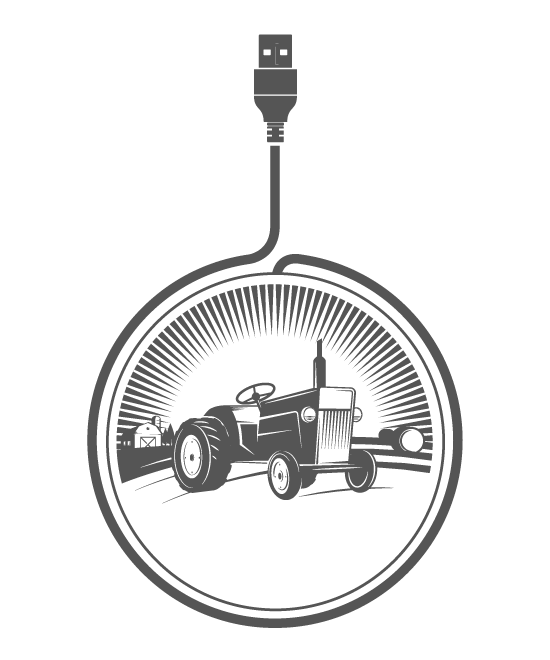
By Shannon Palus
New data technologies provide agricultural producers with detailed information that helps them decide what to plant, and where, in order to reap the maximum benefit.
Viacheslav (Slava) Adamchuk describes himself as an information-technology enthusiast. The bioresource engineering researcher in McGill’s Faculty of Agricultural and Environmental Sciences spends a lot of his time designing a sleek fleet of gadgets that gather, and make sense of, a wealth of data. But instead of building the latest personal infometrics app that counts daily footsteps, or keep tabs on caffeine consumption, Adamchuk focuses his obsession on creating tools to help farmers collect indispensable information about their soils and crops.
Canada is the fifth-largest agricultural exporter in the world, and the agriculture and agri-food industry employs one in eight Canadians. This important sector depends on soil: too dry and crops go thirsty; too low on nutrients and crops starve. The conditions are not only crucial, but they can vary within the same field. One of Adamchuk’s devices is a real-time soil-moisture sensor that attaches to a planter. As a tractor pulls the planter through a field, the sensor measures variations in the soil’s moisture levels – information the planter uses to adjust, on the fly, how deep to sow each seed in order to optimize crop yields. Similar proximal soil-sensing gadgets are used throughout the growing season, to help farmers decide where to irrigate – a decision that’s especially important in drought-like conditions, where every drop of water is precious.
A crop’s success, however, doesn’t just depend on water. Early in his career, Adamchuk developed a sensing system that maps pH levels to gauge whether soil is too acidic or alkaline. Those levels affect how well a plant can absorb nutrients. When soil is too acidic, farmers might add lime; having a detailed soil pH map helps them to know exactly where to apply the mineral. In 2003, the Kansas-based company Veris Technologies Inc. used Adamchuk’s system as the backbone of its Soil pH Manager on-the-go probe, which takes readings as it is pulled through a field. The device delivers much more detailed pH readings than traditional sampling; the system remains the only product of its kind on the market, Adamchuk says, and is now used around the world.
Adamchuk has also developed on-the-go prototypes for other measurements, including soil apparent electrical conductivity profiling, optical reflectance, and mechanical resistance. Apparent electrical conductivity is a good indicator of soil’s water- and nutrient-holding capacity, which in turn is a good predictor of potential crop yields. Conductivity, however, can be influenced by many soil attributes – such as texture, salinity, organic matter, or moisture – meaning two fields could have an identical sensor reading but for different reasons. Knowing the precise factors contributing to these differences helps farmers make better crop-management decisions. Adamchuk is now looking into combining different measurements into a single sensing instrument, in addition to a processing system that integrates those data with historical maps, and satellite and aerial imagery.
“Our goal is to build the equivalent of a Mars rover designed for Earth, for land,” he explains. A Swiss-Army knife of a system, that uses different precision tools for different measurements, could be used by farmers and other managers of natural systems to obtain a sophisticated view of every aspect of a specific little patch of our planet. There’s only one key difference between Adamchuk’s hardware and Mars Curiosity: “Instead of looking for ‘new’ life, we are looking for ways to make existing life sustainable.”
Viacheslav Adamchuk’s research is funded by the Natural Sciences and Engineering Council of Canada, the Canada Foundation for Innovation, Agriculture and Agri-Food Canada, John Deere and the National Science Foundation.
